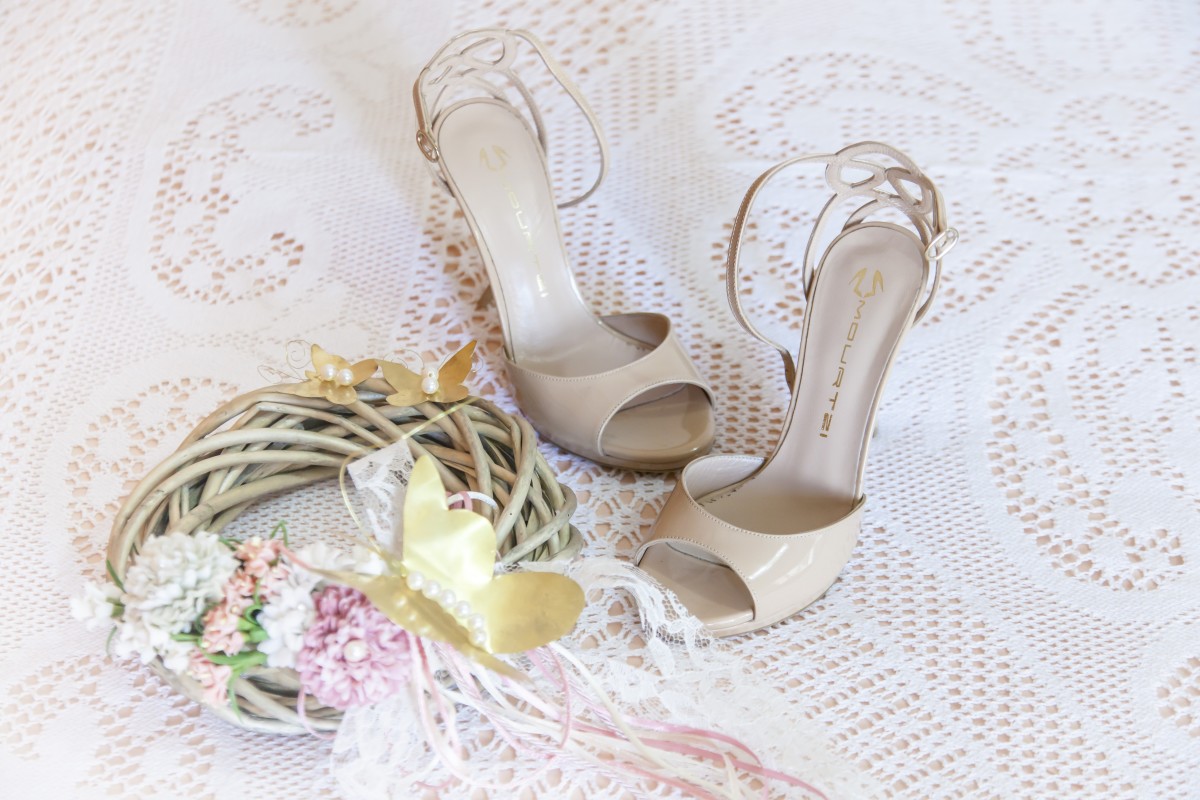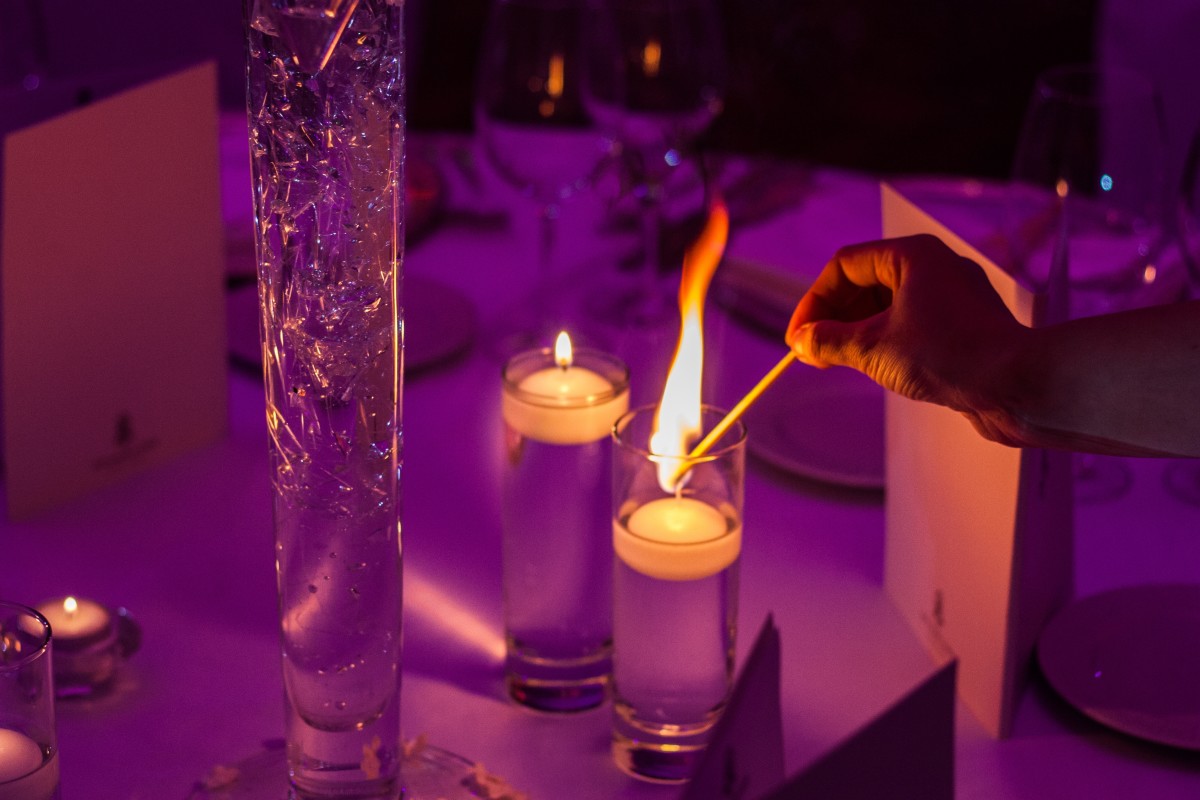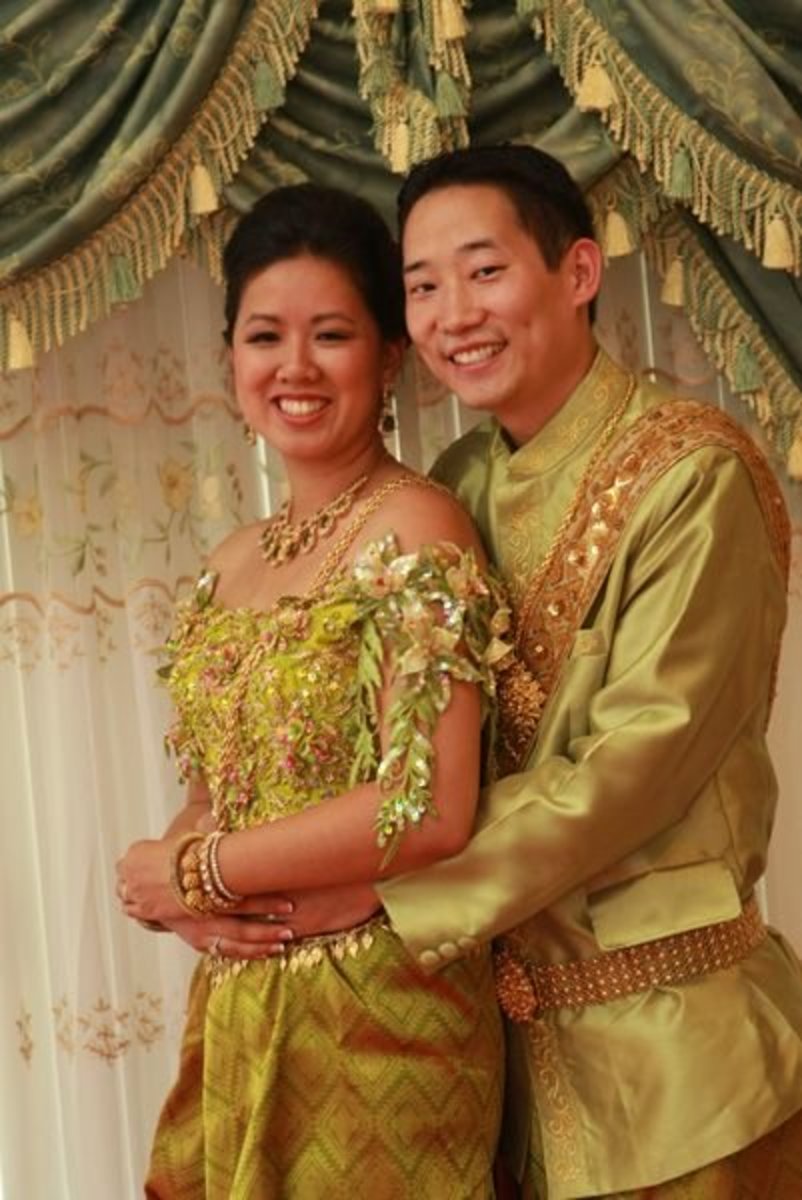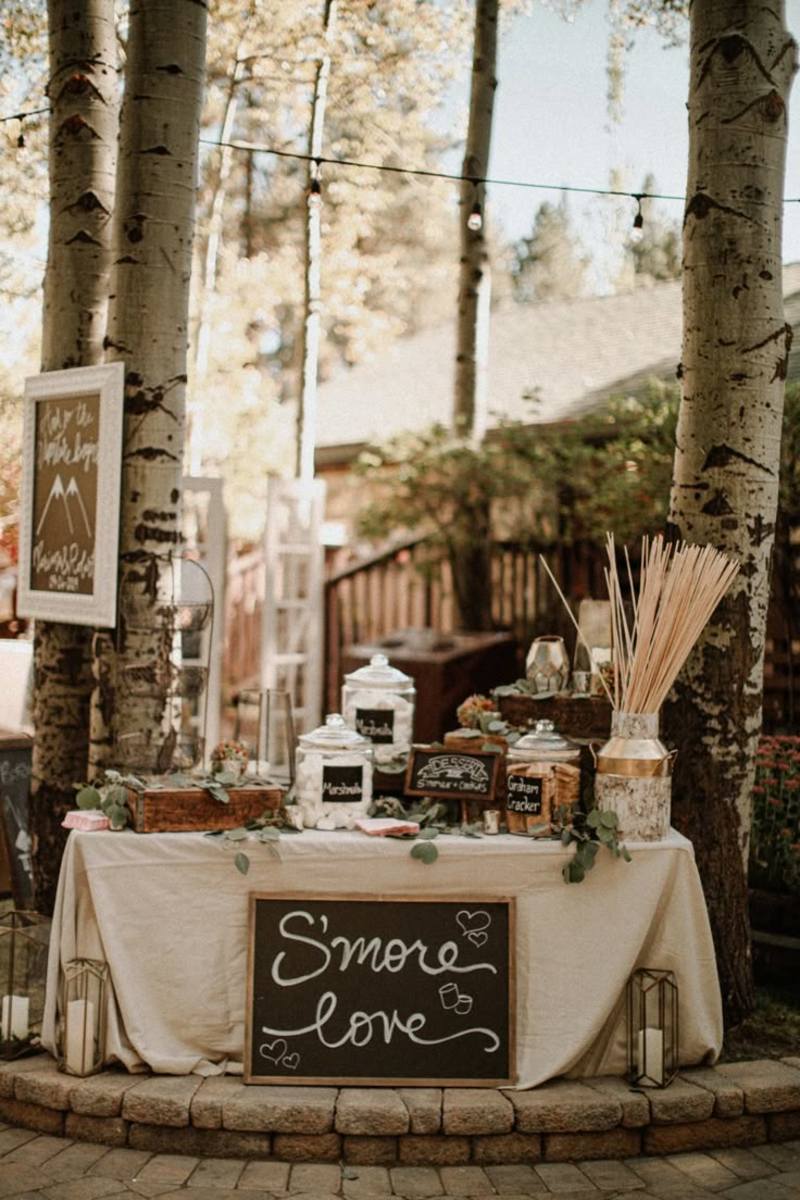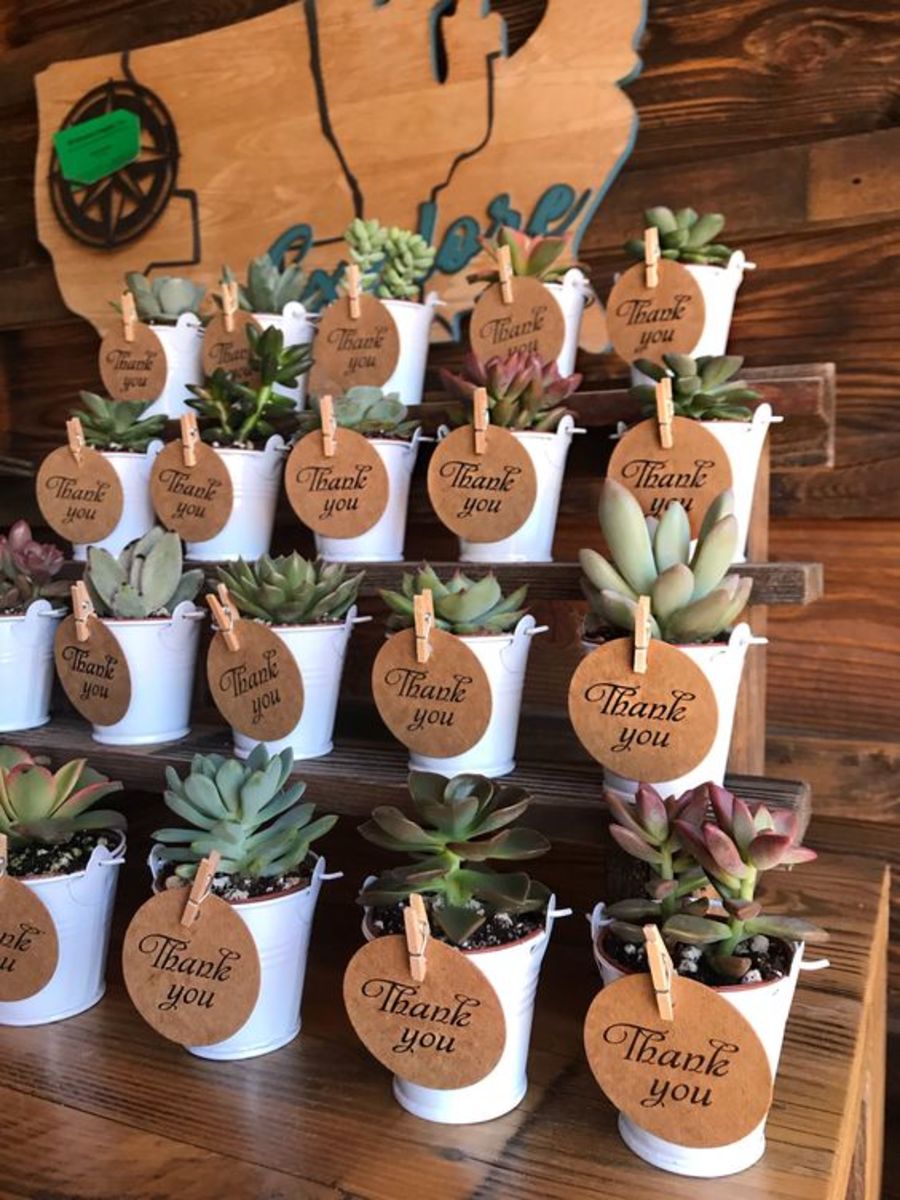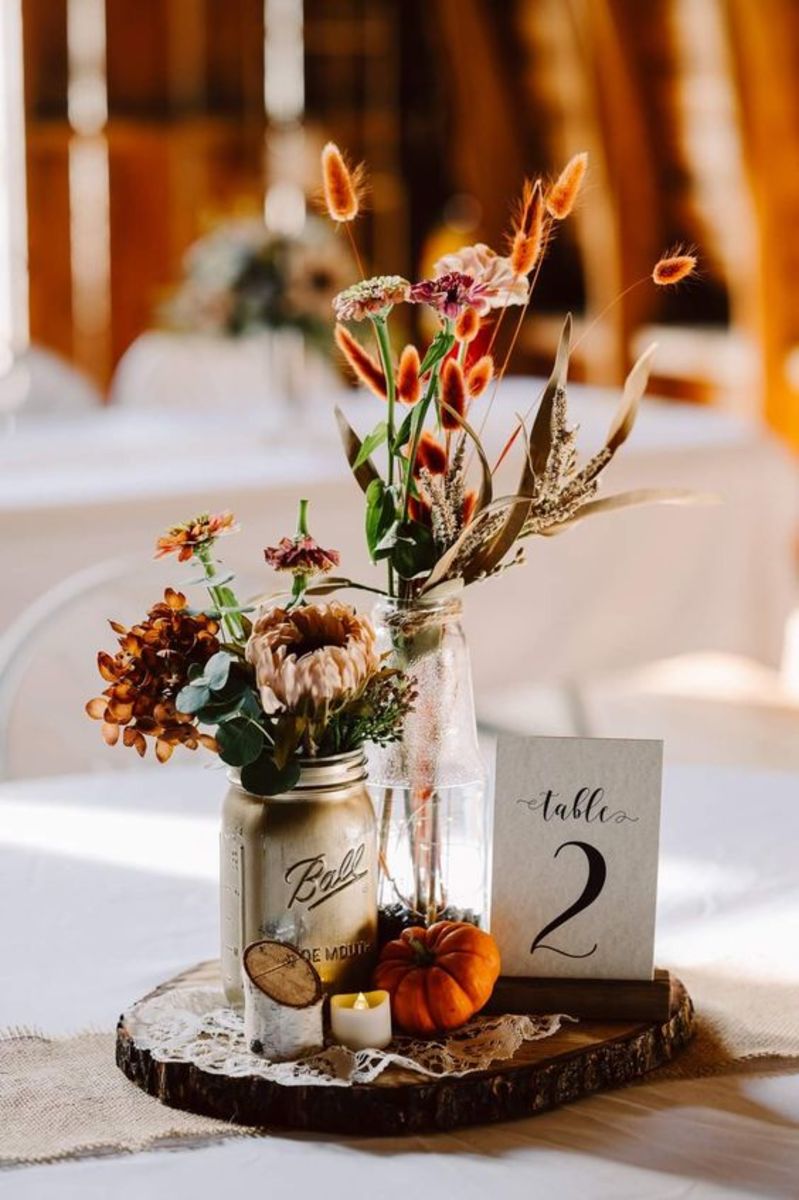Types of Unity Ceremonies for Weddings
Unity Ceremonies can be a very meaningful part of your wedding ceremony. A unity ceremony is some type of ritual or process that brings the marrying couple together in a symbolic way and presents a visual representation of their union. Unity ceremonies emphasize longevity, commitment, and the sacredness of wedding vows. Unity ceremonies can also help the structure of your wedding ceremony by providing a nice opening or closing to the event.
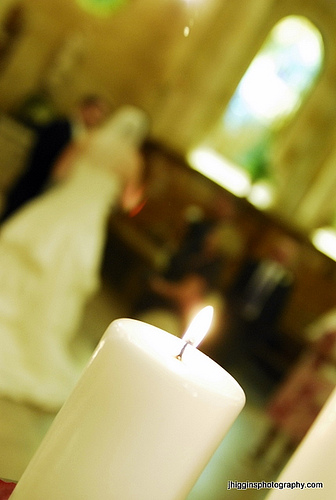
- How to Write Your Own Wedding Ceremony
Writing your own wedding ceremony can be a wonderful experience for you and your future spouse. It can bring you together, solidify what you want out of your wedding ceremony, and make your ceremony unique... - Top 5 Wedding Blogs
Many brides-to-be keep wedding blogs as a great way to document the experience of planning their big day, as well as a stress-relieving exercise that allows them to share their frustrations and...
There are many types of unity ceremonies to choose from. You and your future spouse’s personal tastes and interests will likely dictate what kind of unity ceremony you choose. Where in the wedding ceremony you want it to take place will also affect your choice.
Unity Candle
The unity candle is perhaps the most popular of all unity ceremonies. Traditionally, a tall unlit candle is placed at the altar and the parents of the bride and groom bring two candles to the altar representing the bride and the groom. Then, together they use the two candles to light the altar candle, which represents the couple’s union. This is a great ceremony to choose if you want to involve your parents and acknowledge the movement of the bride and groom from their parents’ family units to their own. Couples often use the unity candle ceremony to open their wedding ceremony.
A unity candle makes a nice keepsake to light each year on your anniversary, or even to pass down to the next generation.
Handfasting
Handfasting is a tradition that dates back to medieval Europe, where there were often not enough priests to perform wedding ceremonies in rural areas. While the ceremony was originally used to signify an engagement or a joining short of marriage, today many cultures and traditions have adopted various forms of it for marriage ceremonies. While there are many versions of handfasting, the basic elements remain the same: the couple joins hands and the officiant or friends tie their hands together as a symbol of their commitment and union. This is where the phrase “tie the knot” originates.
Salt Covenant
In a salt ceremony, the bride and the groom each bring a vial of salt to the altar and pour both into a third container. The symbolism of a salt ceremony is that the bride and groom can never be separated, just as their grains of salt cannot be separated. You can also use sand in place of salt for this ceremony, and many couples choose to use colored sand for a better visual effect.


